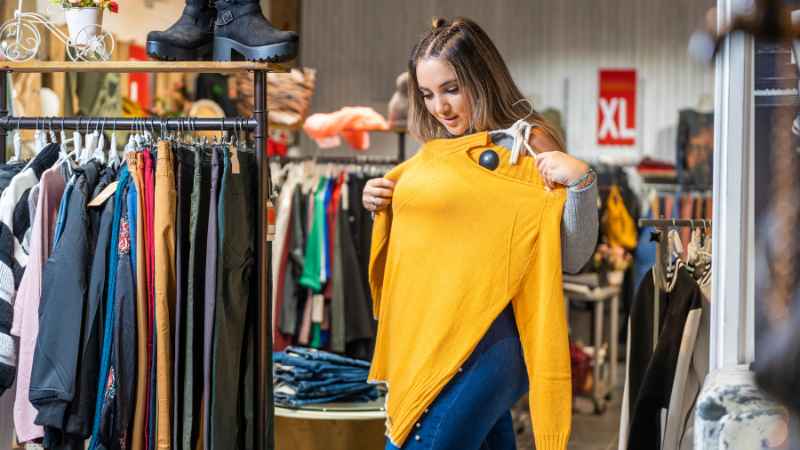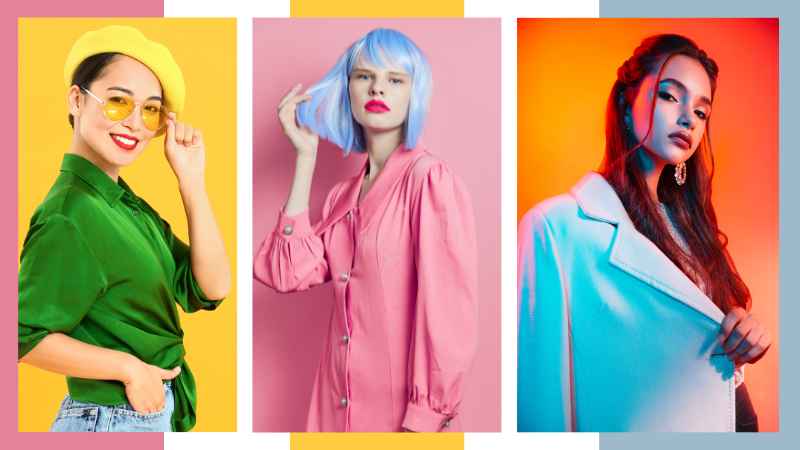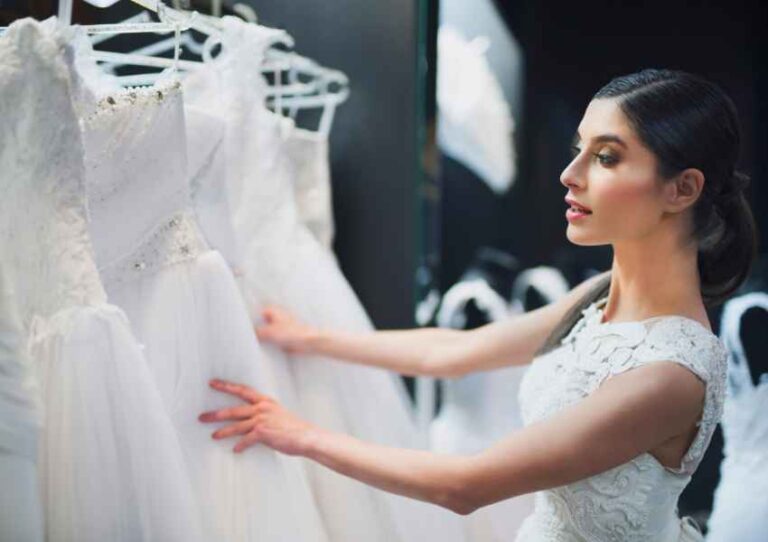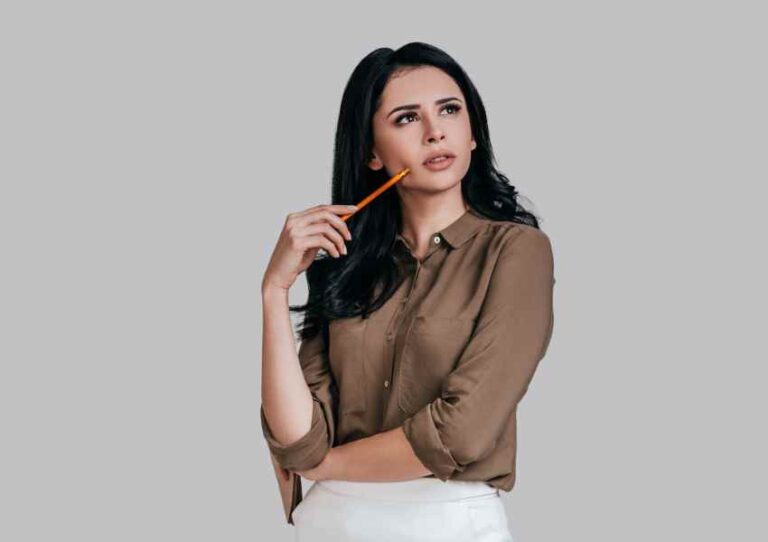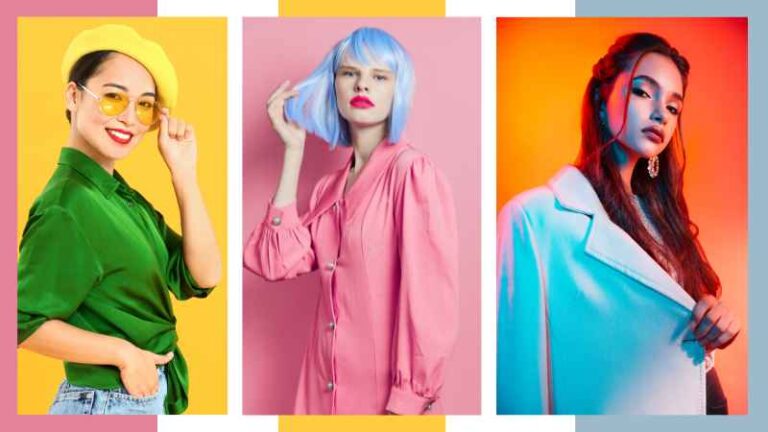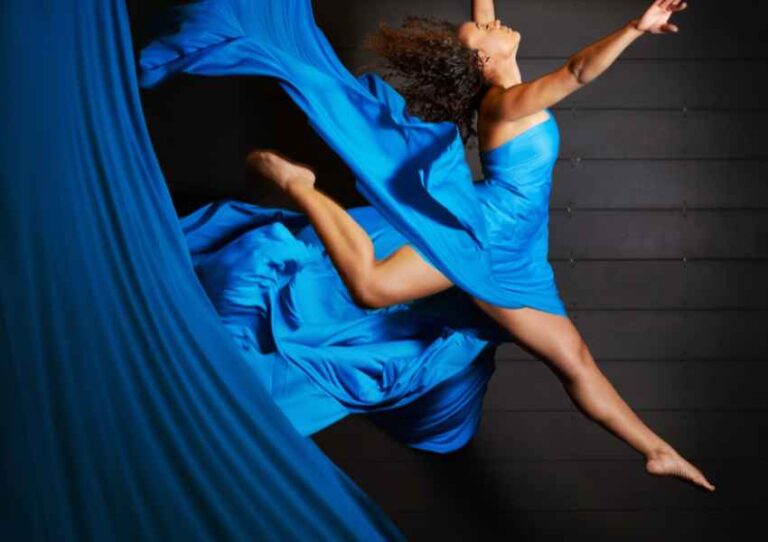The Digital Age in Fashion refers to the era where technology, primarily the internet and digital platforms, has significantly transformed how fashion is produced, consumed, and perceived. It represents a pivotal shift from traditional, offline methods to a landscape where digital tools, social media, e-commerce, and technology play a central role in every aspect of the fashion industry.
The evolution of the fashion industry owing to digitalization is profound. It’s not just about integrating technology but a complete reconfiguration of how fashion is created, marketed, and consumed. The industry has witnessed a radical transformation, from the emergence of online shopping to data analytics for trend forecasting. Traditional fashion cycles have accelerated, and the democratization of fashion is evident through the accessibility of trends breaking geographical barriers.
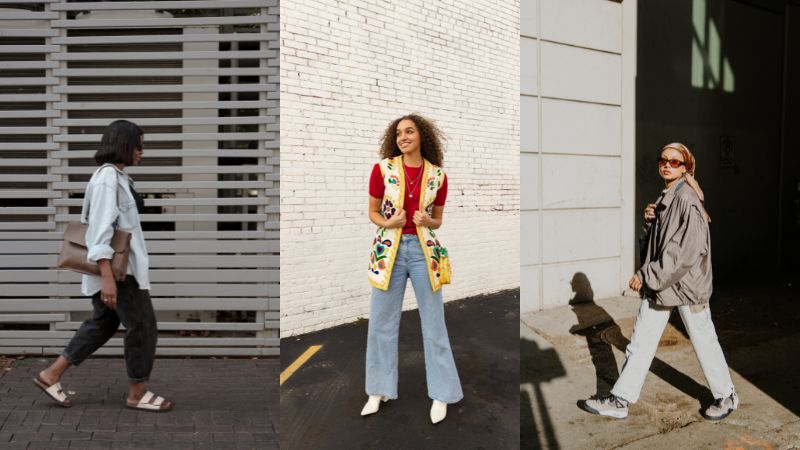
Digital Platforms in Fashion
Digital platforms have become the heartbeat of the fashion industry. Social media, e-commerce websites, fashion blogs, and mobile apps have enabled brands to engage directly with consumers, bypassing traditional gatekeepers. These platforms facilitate instant communication, allowing brands to share their stories, showcase products, and interact with a global audience in real time. They’ve become crucial for marketing, brand building, and customer engagement.
Role of Influencers in Shaping Fashion Trends
Fashion influencers are individuals who influence their followers’ fashion choices and preferences. They could be bloggers, vloggers, celebrities, or social media personalities with a substantial online presence. Their significance lies in their ability to sway consumer behavior, as their recommendations and style choices often hold weight in shaping trends and purchasing decisions.
The Impact of Influencers on Consumer Behavior
Influencers hold immense power in directing consumer behavior. Their endorsements, style tips, and product recommendations greatly impact what people buy and wear. Their posts, stories, and collaborations shape trends, introduce new styles, and influence how people perceive brands and products.
Case Studies: Successful Influencer Collaborations with Fashion Brands
Examples of successful influencer collaborations are abundant in the industry. Collaborations like the partnerships between high-profile influencers and renowned fashion houses or brands have resulted in sold-out collections, increased brand visibility, and heightened consumer interest. These collaborations often leverage the influencer’s style and the brand’s aesthetics to create products that resonate with the influencer’s audience.
Ethical and Authenticity Challenges in Influencer Marketing
Challenges related to ethics and authenticity in influencer marketing have surfaced. Issues such as fake followers, undisclosed sponsorships, and misleading endorsements have led to concerns about the genuineness and credibility of influencer-driven promotions. This has prompted a call for more transparency and ethical guidelines within influencer marketing practices.
Digital Platforms are Fashion Consumption
Social Media Platforms as Fashion Trendsetters
Social media platforms have emerged as powerful trendsetters in the fashion world. From Instagram to TikTok, these platforms are hubs where fashion trends are born, spread, and gain momentum. Influencers, brands, and everyday users share their styles, enabling trends to go viral and reach a global audience in hours.
E-commerce and Its Influence on Consumer Buying Habits
The influence of e-commerce on consumer behavior in fashion cannot be overstated. The convenience, accessibility, and variety offered by online shopping have significantly altered how people shop for clothing and accessories. The ease of browsing, comparing prices, reading reviews, and making purchases from anywhere at any time has led to a massive shift in consumer buying habits.
Rise of Virtual Try-On and Augmented Reality in Fashion
Virtual try-on experiences and augmented reality (AR) have revolutionized how consumers interact with fashion online. These technologies allow users to virtually try on clothes, experiment with styles, and visualize how certain items would look on them before making a purchase. Brands have also employed AR to create immersive shopping experiences, enhancing engagement and reducing the uncertainty associated with online shopping.
More Post : The Role of Fashion And Individual Identity Expression
Sustainability and Ethical Fashion Promoted Through Digital Channels
Digital platforms have become instrumental in promoting sustainability and ethical fashion. Brands and influencers utilize these channels to educate consumers about the fashion industry’s environmental impact and advocate for ethical practices. Social media campaigns, blog posts, and online forums raise awareness about sustainable materials, fair trade practices, and the importance of conscious consumption.
Fast Fashion and Its Digital Presence
Fast fashion has been significantly amplified by its digital presence. Online platforms have accelerated the pace at which trends are created, manufactured, and distributed. Brands leverage e-commerce, social media, and targeted digital marketing to swiftly replicate runway styles and deliver them to consumers at affordable prices. However, this has led to concerns about the environmental impact and labor conditions associated with rapid production.
Data-Driven Personalization in Fashion Retail
The digital age has ushered in a new era of personalized shopping experiences. Through collecting and analyzing consumer data, fashion retailers can personalize recommendations, offers, and even entire shopping experiences for individual customers. Algorithms use data on browsing history, purchase behavior, and style preferences to provide tailored suggestions, creating a more engaging and satisfying shopping journey.
Tech-Integrated Wearables and Smart Fashion
Technology and fashion have converged, giving rise to smart wearables. These innovations merge functionality with fashion, from fitness trackers to smartwatches and even garments embedded with technology. Wearables have expanded beyond accessories, integrating health monitoring, connectivity, and style enhancements, catering to a tech-savvy consumer base.
Influence of AI and Machine Learning in Trend Prediction
Artificial intelligence (AI) and machine learning have become invaluable tools in predicting fashion trends. These technologies analyze data from social media, sales figures, runway shows, and consumer behavior to forecast upcoming trends. This data-driven approach helps brands anticipate demand, streamline production, and optimize inventory, reducing the risk of overproduction and waste.
Over-saturation of Digital Content and Information
The digital age has led to abundant content and information in the fashion industry, which, while providing diverse options, has also created a challenge of over-saturation. With numerous brands, influencers, and ads vying for consumer attention, standing out in this crowded space has become increasingly difficult. This over-saturation can overwhelm consumers and dilute the impact of individual messages.
Data Privacy and Security Concerns in E-commerce
The rise of e-commerce in fashion has raised concerns about data privacy and security. With the collection of personal data for transactions and personalized marketing, there’s a growing worry about how this data is used, stored, and protected. Instances of data breaches and misuse have highlighted the need for robust security measures to safeguard consumer information.
Opportunities for Small and Independent Designers through Digital Platforms
Digital platforms present remarkable opportunities for small and independent designers. These platforms offer a level playing field, allowing emerging talents to showcase their creations to a global audience without substantial initial investments in physical storefronts or extensive marketing campaigns. Social media and e-commerce enable direct consumer connections, fostering a more intimate and engaged community.
Navigating the Balance Between Online and Offline Fashion Experiences
Balancing online and offline fashion experiences presents both a challenge and an opportunity. While e-commerce provides convenience and accessibility, physical stores’ tactile and immersive experiences still hold value. Brands must navigate a seamless integration between online and offline experiences, creating omnichannel strategies that complement each other to provide consumers with a cohesive brand experience.
Future of Fashion in the Digital Age
Predictions for the Evolution of Digital Fashion
The evolution of digital fashion is expected to continue rapidly, with advancements in technologies like augmented reality (AR) and virtual reality (VR) shaping how consumers experience and interact with fashion. Digital clothing, blockchain in fashion, and innovative virtual garment try-ons will likely become more prevalent, blurring the lines between physical and digital fashion.
Integration of Virtual and Physical Fashion Experiences
The future will likely witness a more seamless integration between virtual and physical fashion experiences. Brands will invest in creating immersive, multi-sensory experiences that bridge the gap between online and offline, offering customers the convenience of digital interactions while valuing the tangible experiences of physical stores.
Forecast on the Role of Influencers in the Coming Years
Influencers are poised to maintain their significance, but their role might evolve. Authenticity and genuine connections with their audience will become even more crucial. Influencers may transcend being mere trendsetters to become key advocates for sustainability, inclusivity, and social responsibility, leveraging their influence to drive positive change in the industry.
Technological Advancements and Their Impact on Fashion Trends
Technological advancements will profoundly impact fashion trends, especially in AI, machine learning, and sustainability-focused innovations. AI-driven trend predictions will become more accurate, aiding in reducing waste and optimizing production. Sustainable materials, circular fashion models, and eco-friendly practices will become more prevalent due to consumer demand and technological advancements in materials and production methods.
Conclusion
The fashion industry in the digital age has experienced a paradigm shift from the way trends are set and consumed to the role of influencers and the integration of technology in fashion.

